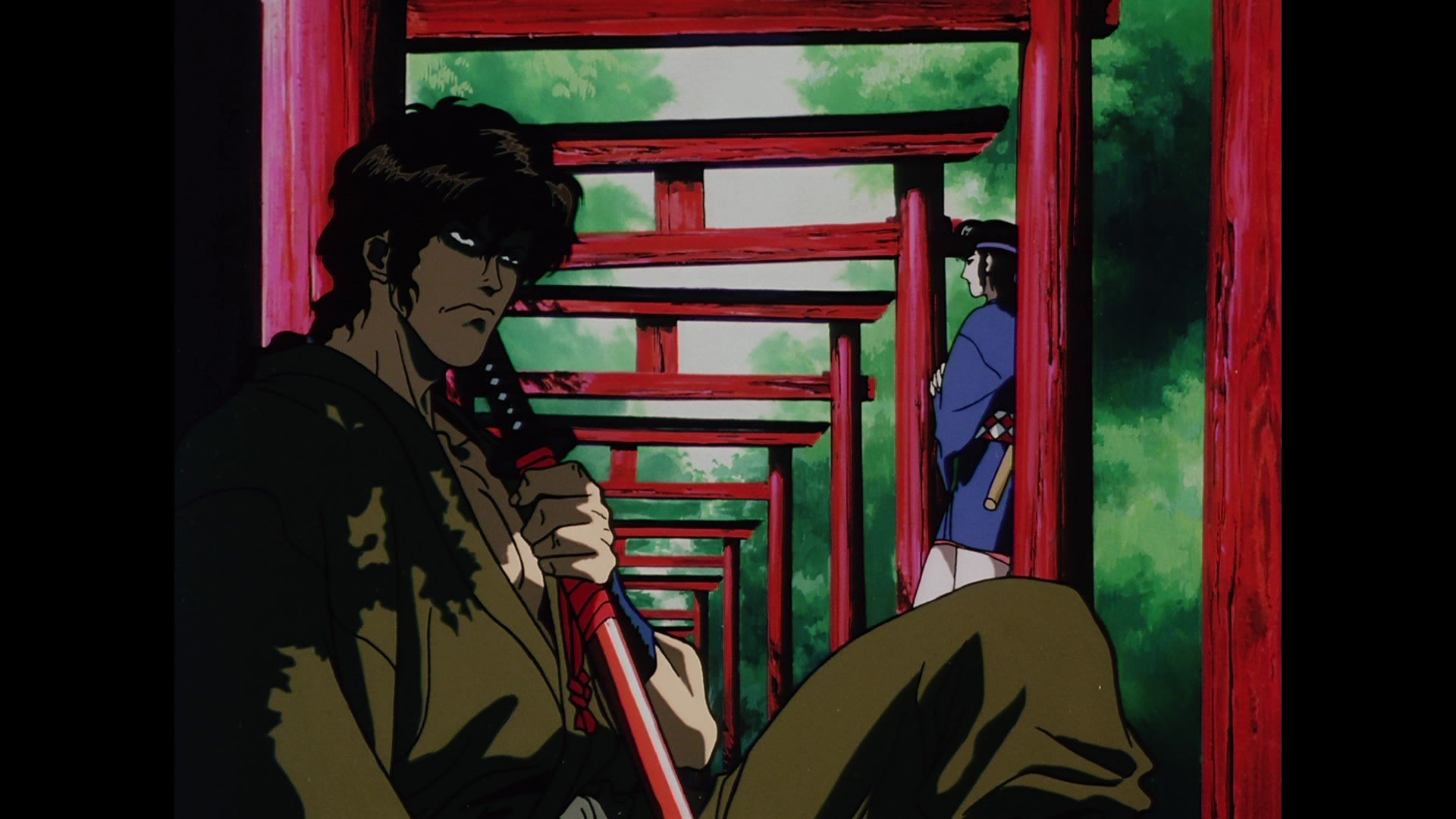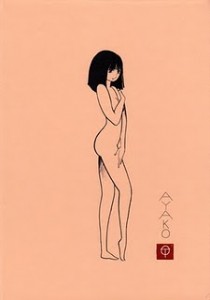JQ Magazine: Nippon in New York – ‘Ninja Scroll’ Revival, ‘Cowboy Bebop,’ ‘Demon Slayer’ In Concert
By JQ magazine editor Justin Tedaldi (CIR Kobe-shi, 2001-02). Justin has written about Japanese arts and entertainment for JETAA since 2005. For more of his articles, click here.
As the summer winds fade into fall colors, the weeks ahead are shaping up with these exciting events, ready to be enjoyed after Labor Day.
This month’s highlights include:

Sept. 11-12, 15-17
Various theaters
Various prices
Anime Expo Cinema Nights Presents the classic anime Ninja Scroll’s 30th anniversary with an all-new exclusive interview with director Yoshiaki Kawajiri! A mysterious vagabond sets out on a journey to confront his past. Little does he know he is up against a demonic force of killers, with a ghost from his past as the leader. When Jubei saves a young ninja woman from the unthinkable, he assumes that’s the end of it. To his surprise, it’s only just the beginning. Together, the two investigate the mysterious deaths of an entire village which uncovers a conspiracy of demonic proportions! Getting closer to the truth, the demonic forces will stop at nothing to silence Jubei and his companion for good!

Sept. 11-15, 17-19
Japan Society, 333 East 47th Street
$44, $58
Dogugaeshi, the award-winning phenomenon by genius puppeteer Basil Twist, is back! Born as a Japan Society commission, this ever-innovative piece now celebrates its 20th anniversary. Enter a mystical world, where a mysterious white fox shepherds you through past and present Japan. Inspired by a disappearing traditional stage mechanism from Japan’s Awa region called dogugaeshi, Twist has created fusuma screens with stunning painted imagery that dance, slide, flip, conceal and reveal to pull audiences deeper into a brain-bending optical illusion. Dogugaeshi is a cross-cultural collaboration with master shamisen player and experimental musician Yumiko Tanaka, whose multi-layered music collage embraces everything from traditional tunes to popular songs.

Sept. 12-13, 7:00 p.m.
Cowboy Bebop LIVE Presented by Bebop Bounty Big Band
Gramercy Theatre, 127 East 23rd Street
From $71.55
Cowboy Bebop LIVE is a complete multimedia experience highlighting the story of critically acclaimed anime, Cowboy Bebop, on the big screen accompanied by live music from the soundtrack performed by the Bebop Bounty Big Band. This 14-piece jazz ensemble features world-class musicians with members from the world famous Glenn Miller Orchestra, the Jazz Orchestra at Dr. Phillips Center, and the Walt Disney Company. This show is a completely one-of-a-kind production specifically designed to deliver an experience anime fans have never had before. Travel the solar system with anime’s most iconic soundtrack at Cowboy Bebop LIVE!
Read MoreI’ll Make It Myself!: Uranus Planet Power, Make Up! (Sailor Moon Cake)
L.M. Zoller (CIR Ishikawa-ken, Anamizu, 2009-11) is the editor of The Ishikawa JET Kitchen: Cooking in Japan Without a Fight. Ze works in international student exchange; writes I’ll Make It Myself!, a blog about food culture in Japan and the US; curates The Rice Cooker Chronicles, a series of essays by JETs and JET alumni on the theme of cooking/eating and being alone in Japan; and admins The JET Alumni Culinary Group on LinkedIn.
The 2014 Fandom Birthday Cake Season kicks off with a little something from Sailor Moon:
New Osamu Tezuka manga
Tom Baker (Chiba-ken, 1989-91) is a staff writer for The Daily Yomiuri. He usually writes for DYWeekend, the paper’s arts and leisure section. You can follow Tom’s blog at tokyotombaker.wordpress.com.
Recently he reviewed the manga “Ayako,” a 1970s manga by Osamu Tezuka that only recently became available in English. At nearly 700 pages, “Ayako” tells the story of a large and extremely dysfunctional Japanese family from the late 1940s to the early 1970s. Here is an excerpt:
 The title character…is the baby of the family, and becomes a scapegoat for the other family members’ sins. One way Tezuka illustrates this idea is to show a full page of non-rectangular panels, resembling irregular panes of a stained-glass window, where various family members are depicted in words and pictures. These relatively large panels surround one small panel in the center of the page, where little Ayako sits alone in the darkness, with no accompanying text.
The title character…is the baby of the family, and becomes a scapegoat for the other family members’ sins. One way Tezuka illustrates this idea is to show a full page of non-rectangular panels, resembling irregular panes of a stained-glass window, where various family members are depicted in words and pictures. These relatively large panels surround one small panel in the center of the page, where little Ayako sits alone in the darkness, with no accompanying text.
At this point in the story, the family has condemned Ayako to imprisonment in a pit–literally–to keep her from revealing a crime she has witnessed.
Befitting the subject matter, Tezuka often uses film noir effects on his pages, filling them with shadows and strange viewing angles.
When a man tries to rescue Ayako from the pit, after she has been in it so long that she is afraid to leave, Tezuka gives us another full page of nonrectangular panels. Their jagged shapes are filled with exaggerated perspectives as the man reaches down to her, well conveying her feeling of panic.
Manga tells incredible tale of Hiroshima atomic bombing

A quick book recommendation from current Hiroshima-ken JET Gail Cetnar Meadows…
Now and then I read a book that’s so good I want to tell everyone I meet about it, and I’ve recently finished one such book. For those interested in learning more about the atomic bombing of Hiroshima, I highly recommend a graphic novel written by atomic bomb survivor Keiji Nakazawa. Barefoot Gen: A Cartoon Story of Hiroshima is a 10-volume graphic novel loosely based on Nakazawa’s experiences and those of other Hiroshima residents who survived the bomb. The book taught me a lot about what happened in Hiroshima in the year’s following World War II — things beyond what I learned visiting Hiroshima’s Peace Memorial Museum or listening to the accounts of hibakusha. For those who are interested, I’ve written a piece on the Wide Island View talking a little more about it and encouraging others to check it out.


